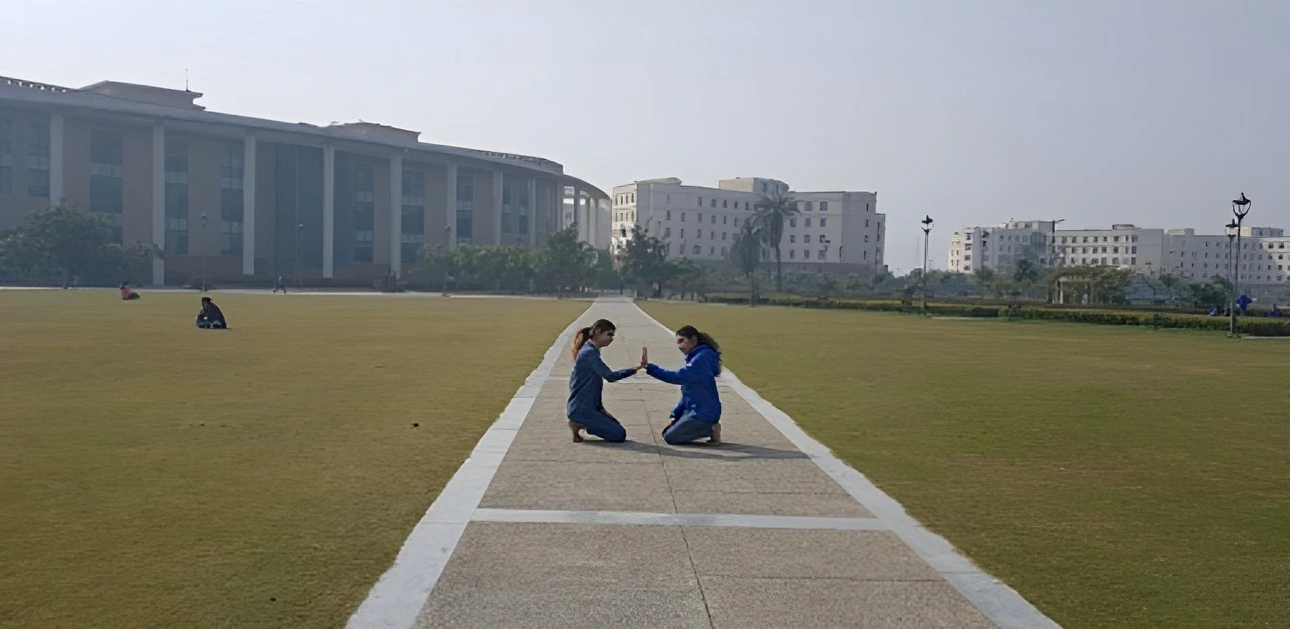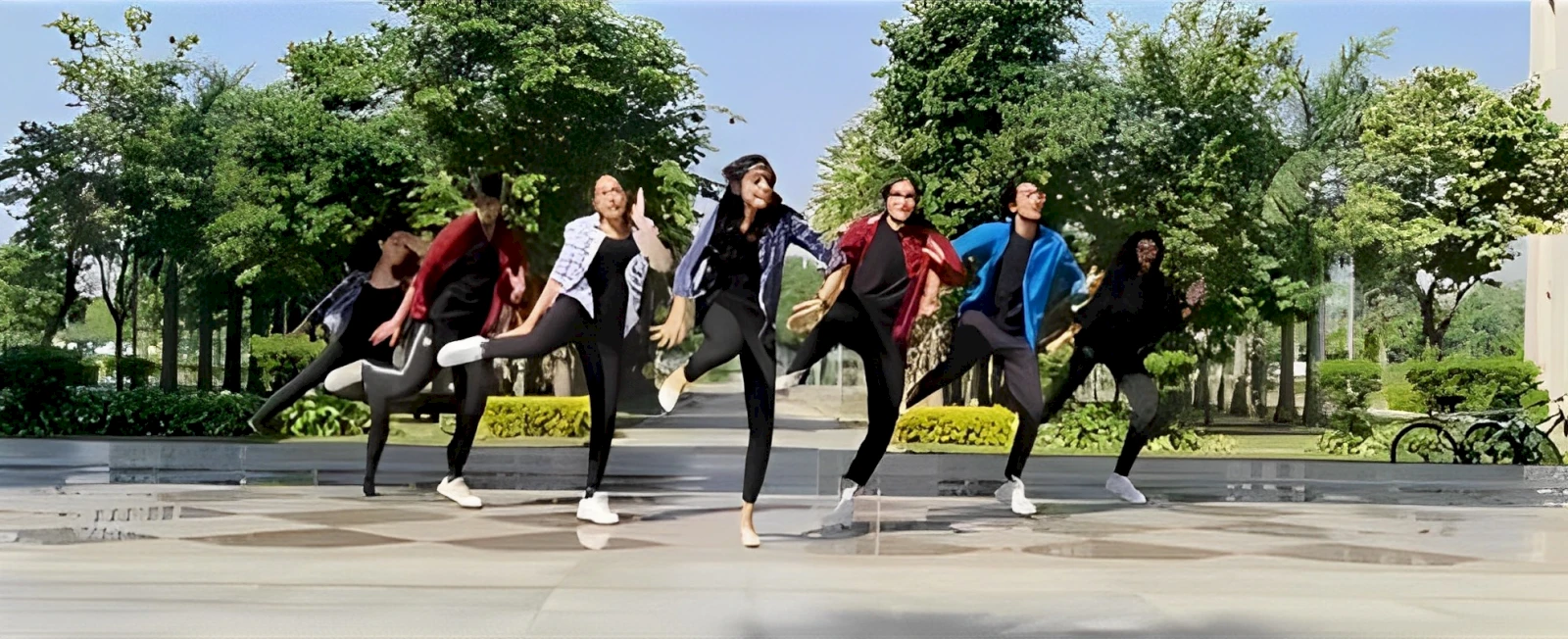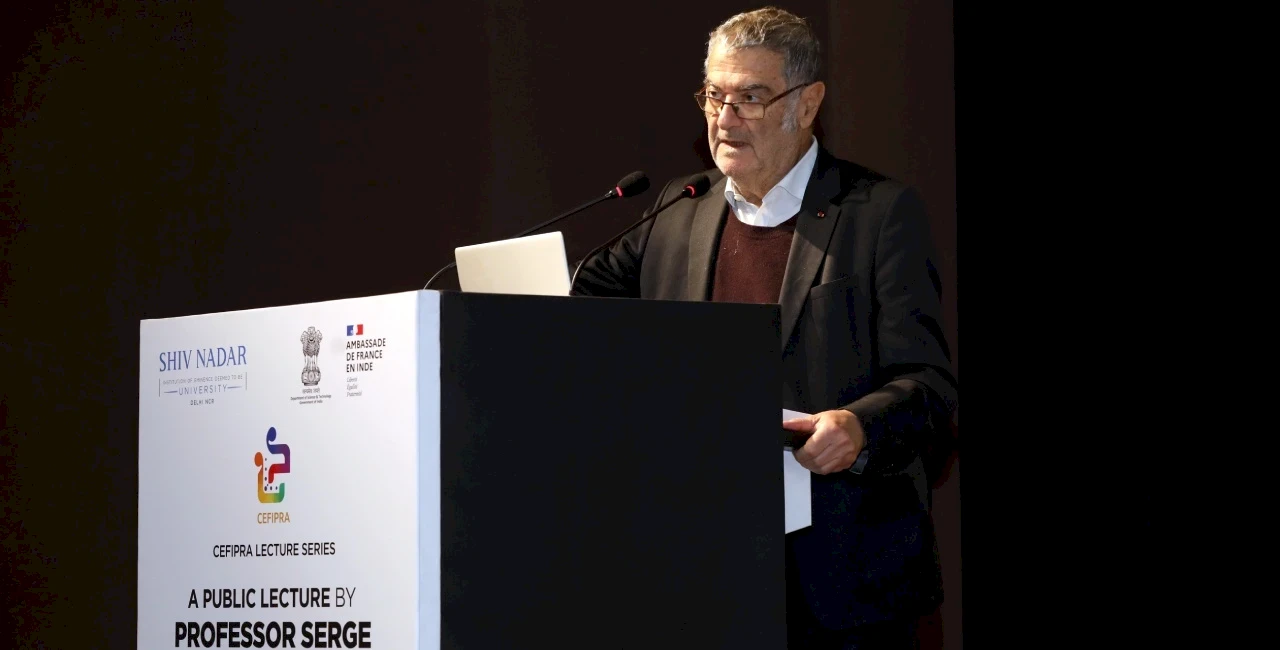The Power of the Moving Body

Editorial / June 22, 2023
Movement is an innate bodily action that humans have been exhibiting for the longest time.
Long before language was invented, the body was the purest form of expression. The power of a moving body is immense. While it is known that bodies can express themselves through actions, facial expressions and words, it can also host very many experiences.
The power of the moving body not only lies in its ability to express and communicate emotions but also in connecting with other beings, preserving culture, empowering individuals, and promoting physical and mental well-being, to name a few. It has the power to transcend language barriers and connect people from different cultures and backgrounds. It serves as a universal language, allowing people to communicate and connect with each other on a profound level, fostering understanding and empathy.
Traces of cultural impact on movement can be found in various forms of recorded movements such as dances, dance dramas, theatre plays, movies, songs and so on. These recorded movements, especially dances or dance dramas, play a significant role in preserving and celebrating cultural traditions and heritage. They serve as a powerful medium to pass down stories, rituals, and values from one generation to another, ensuring the preservation of cultural identity and history.
Each person’s personality tells you a different story.
Everything from how you walk, think, speak or behave is somewhere influenced by the society you inhabit. Just like Priyanka Chopra’s accent that changes depending on the country she visits, your personality also adjusts itself based on the location and people you are surrounded by. You are constantly exchanging movements and experiences with your community.
By exchanging movements, you inspire and influence others, evoke emotions, and motivate individuals to explore the possibilities of their own bodies. Dancers, for instance, use movement as a medium for expressing and communicating emotions. Through movement, the body can convey joy, sorrow, anger, love, and a myriad other feelings. Dancers use their bodies to emote, enabling and allowing audiences to connect with their performances on a deep emotional level. Each performance, however, uses cultural cues such as hasta mudras (hand gestures), facial expressions, words, music, and body actions depending on the audience they are performing for.
Learning dance also impacts your physical and mental health. It promotes cardiovascular fitness, strength, flexibility, and coordination. Dance also acts as a form of stress relief, boosts mood, improves cognitive function, and enhances overall well-being.

However, a moving body can also act as a site for research and study. Through research, it has been observed that coordinated movement also possesses therapeutic abilities when practiced in the form of dance therapy, which focuses on relieving stress and providing a sense of grounding and dance movement psychotherapy. This therapeutic intervention tool is used alongside cognitive behavioral therapy (CBT). These tools help us establish a deeper mind-body connection.
As part of the research, a human body can also act as an active site for studying the impact and influence of the immediate environment on people at any given point in time. Every individual actively engages with the changes in their environment at a subconscious level. For instance, while walking alone on a lonely street, one could notice the manner of walking, their breath, and the stress in the shoulders. In the same way, the body also responds differently to a space that feels comfortable and safe. Shoulders seem more drooped; breath is relaxed; heartbeat is normal. One can research how the body responds to different situations by studying such basic movement patterns. Dancers have used such subtle changes in movement patterns to express joy, anger, and even fear to their audiences.
Studying dancing bodies also allows us to document the evolution of dance forms over time, giving us a peep into the past. The Indian classical dance forms that we see today have also evolved over some time. Each form has experienced the process of change that involved discarding, restructuring, and rebranding in order to continue making its presence felt in this ever-changing, fast-paced world.
Everything from the performance style to the costume they wear for their performance has evolved. By simply watching reels on Instagram and attending live concerts, audience members can note some fundamental differences between the forms being performed. Studying the online world of moving bodies through the ever-trending short videos, and tutorials that help you learn steps, also provide an insight into these changes.
Ever wondered how dance has shifted from being accessible to a select few to being available for anyone to learn and practice? Or how the TV shows have shaped our understanding of what dance is and isn’t? These aspects of the moving body tell us a story: a story of impact, of influence, of memories, of expression, of embodying, of exchange. It gives us a glimpse into the various cultures and the people who embody and promote them, and helps us make sense of the world at large.
More Blogs

The Hawthornden Literary Retreat bestowed on Dr Sambudha Sen to complete the manuscript of a novel
Professor Sambudha Sen, Head of the Department of English at Shiv Nadar Institution of Eminence, Delhi-NCR, was awarded a residency at the...

How Does A Multi-Disciplinary Approach To Education Enhance Learning And Prepare Students For A Multi-Faceted World?
In today’s world, where businesses are changing almost every day, it is the responsibility of educational institutes to provide holistic...

A Public Lecture by Professor Serge Haroche, Nobel Laureate in Physics
The wind-swept crisp spring morning of February 13 at the campus provided the perfect venue to host Professor Serge Haroche, winner of the 2012...